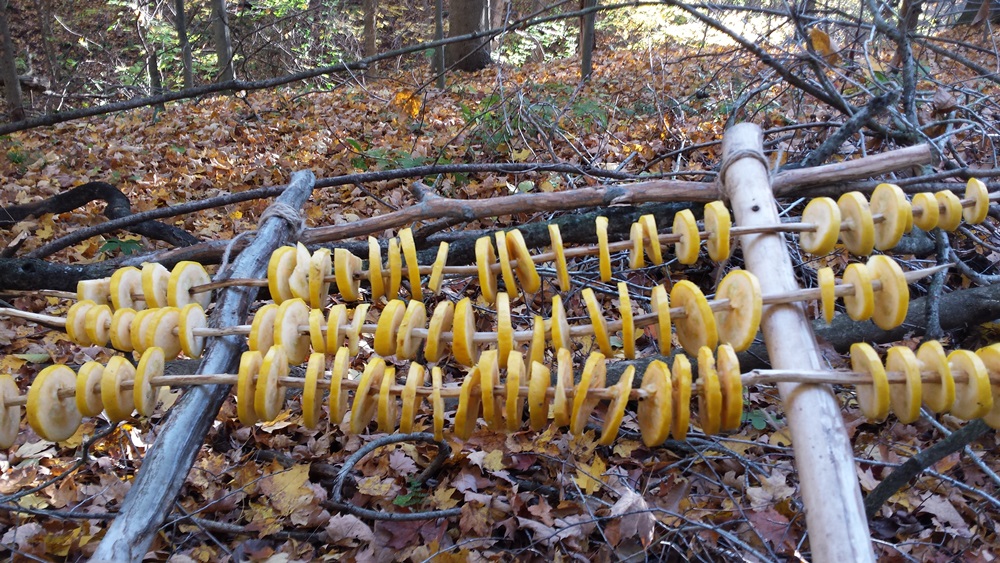Looking for more like Seeds of Hope? Edge Walker by my friend Chris Hampton tells another tale with similar skills and philosophies. Edge Walker’s young protagonist is also faced with escape from a crumbling society. With the help of his grandfather, he begins to learn the skills of survival before he eventually must flee into the deserts of the southwest. The book is filled with lots of action, tons of skills, danger, and a good dose of spiritual skills. If you liked Seeds of Hope, I’m sure you’ll love Edge Walker. And once you’ve devoured it, you can read part two in the series, Into the Veil.

